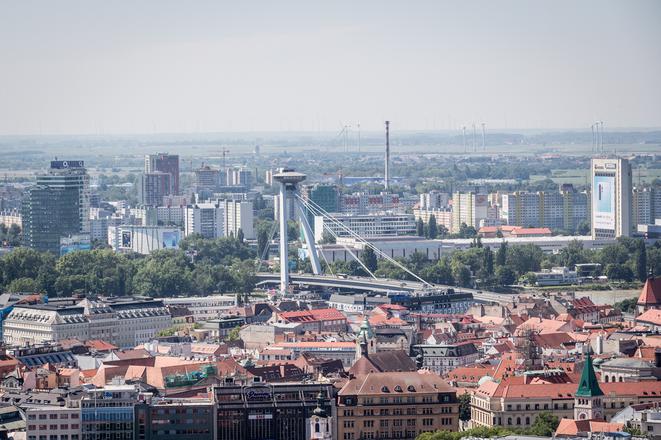What Rick Zednik, an American with Slovak roots, loved about Slovakia back in 1994 was that money was not as important as it is today.
“I was stunned to learn that a government minister still lived in a Petržalka panelák [a suburban concrete apartment block], and didn’t consider it to be a horrible fate,” Zednik, one of the founders of The Slovak Spectator, said. “I remember a young colleague from a middle-class family, who had never had dinner in a restaurant. Now, even teenagers hang out spending money in hip cafés and bars.”
Zednik, who has since published a book about Slovakia called A Country Lost, Then Found, recalls that one could spot a foreigner in Slovakia from across the street just by looking at their clothes.
“Now, Slovaks of all ages are more fashion-conscious,” he said.
Economic progress
A lot of Slovaks still think that their wages buy less today than before the 1989 fall of the communist regime. They are wrong.


 Bratislava, illustrative stock photo (source: SME)
Bratislava, illustrative stock photo (source: SME)